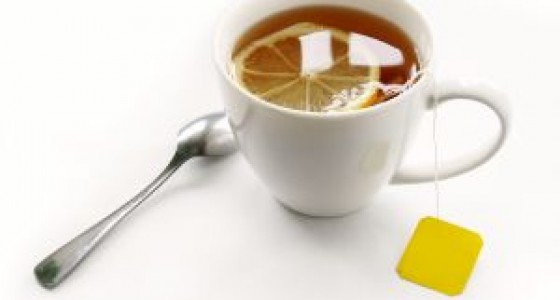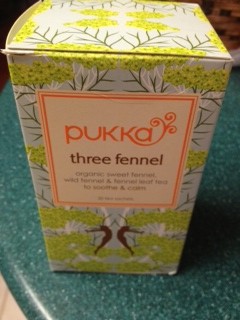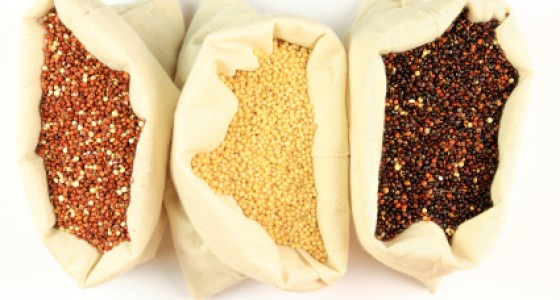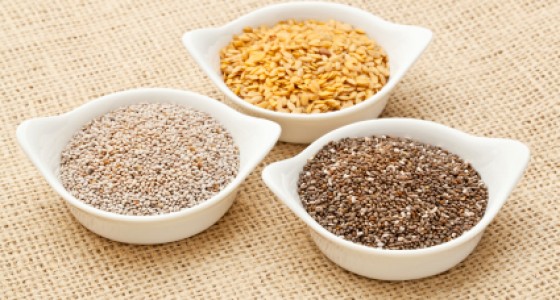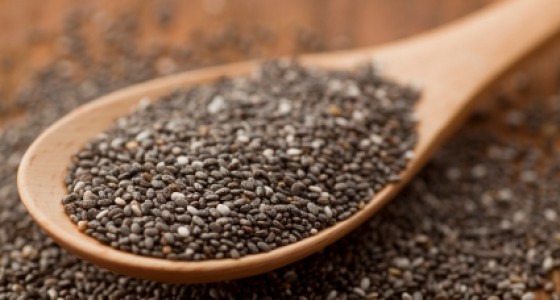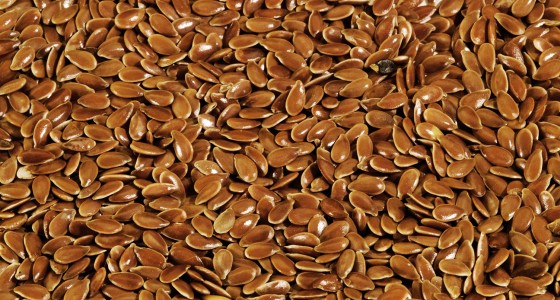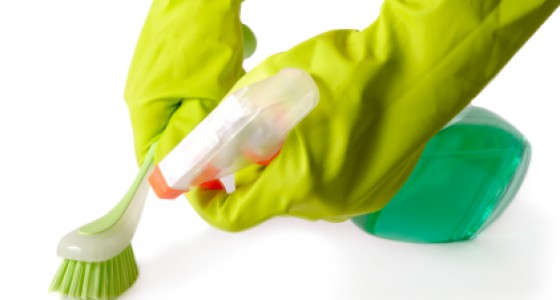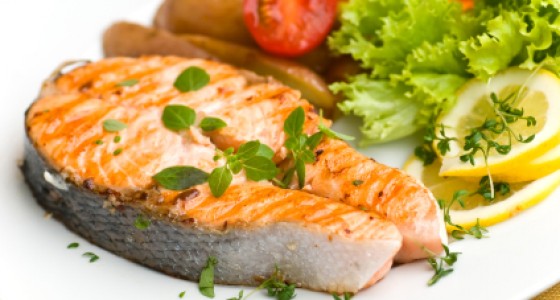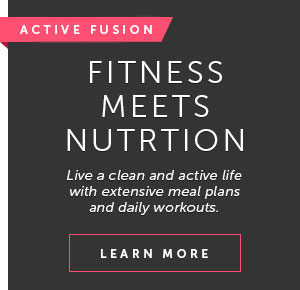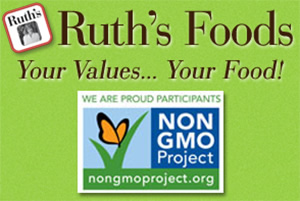by Melissa Paris & Jessica Moy
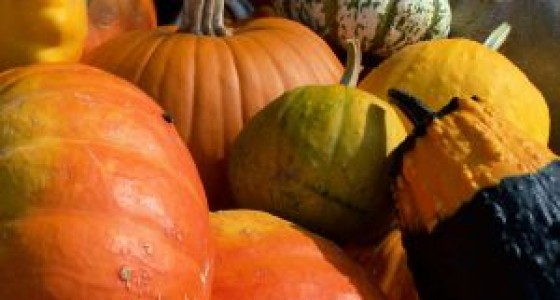
It's finally the season! Pumpkin latte, pumpkin beer, pumpkin pancakes, pumpkin pie, pumpkin ravioli... just about EVERYTHING gets pumpkinized. The possibilities are endless, and truly mouthwatering. What exactly is a pumpkin? A fruit or a vegetable? The answer is... a fruit! A fruit is defined as a plant with seeds and since the pumpkin carries about a cup of seeds, it is certainly considered a fruit. Pumpkins are considered to be part of the gourd family, which includes watermelon, muskmelon and squash.
Not only does it taste great, it's also great for you! You may not consider pumpkin as the go-to healthy food, but it's still a low calorie (a cooked cup is 49 calories), nutritious fruit that can be eaten throughout the year, not just during Fall! The bright orange skin of the pumpkin should be a dead giveaway that it's packed with beta-carotene, an important antioxidant that is converted into Vitamin A. Current research indicates that a diet rich in foods containing beta-carotene may reduce the risk of developing certain types of cancer, offers protect against heart disease and has powerful anti-aging properties. It's high in fiber, meaning that it curves your diet and reduces the risk of heart disease and diabetes by lowering blood cholesterol and sugar levels.
The seeds are even better! Pumpkin seeds are filled with minerals including phosphorus, magnesium, manganese, iron and copper. They are also loaded with protein and are rich with vitamin K and vitamin E. You can roast, bake, toast or even eat them raw. No matter how you eat pumpkin seeds, they are all healthy and delicious ways to snack. So when you make pumpkin flavored foods, don't toss those pumpkin seeds away! Enjoy the pumpkin season and find interesting ways to use pumpkin. Read more...

